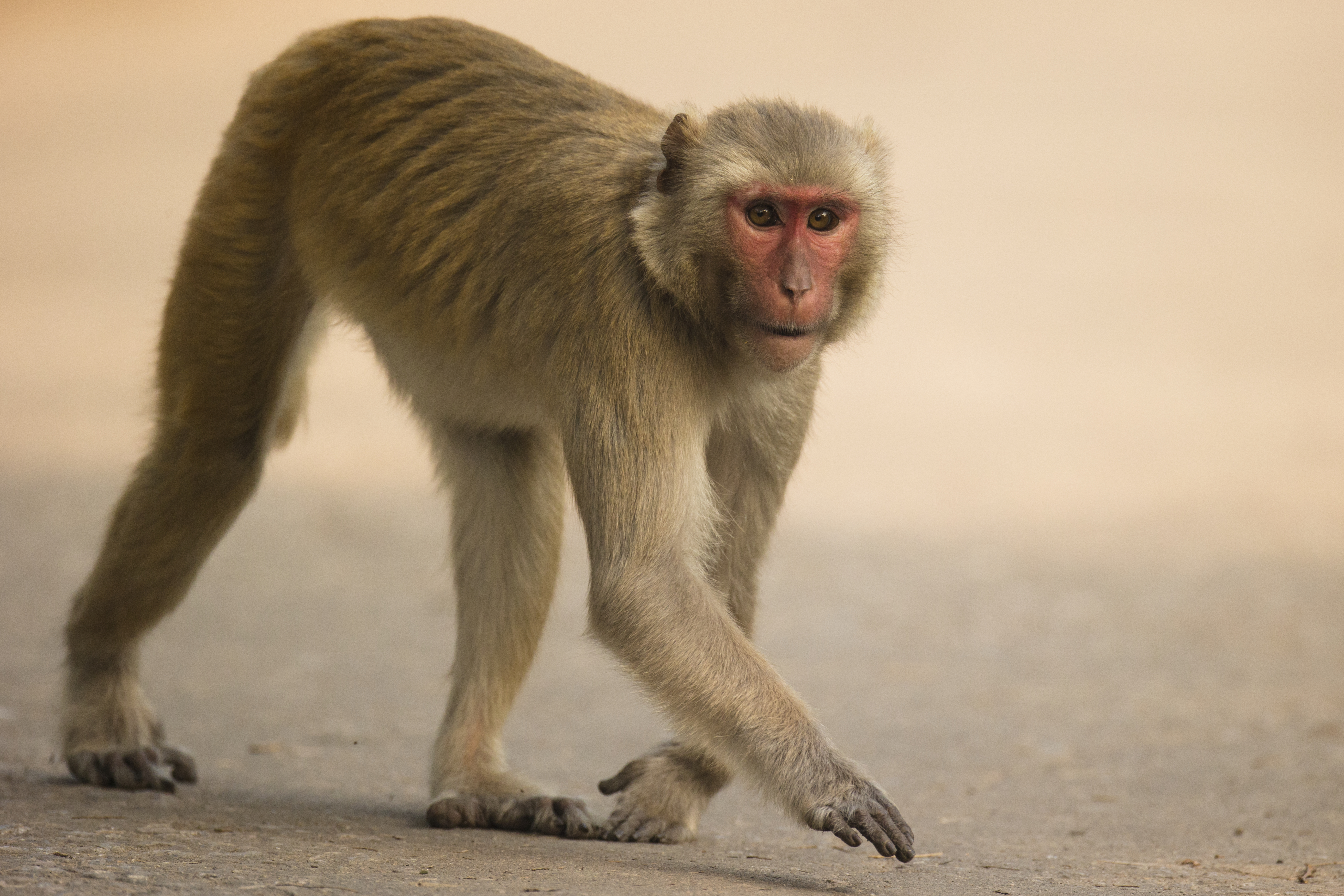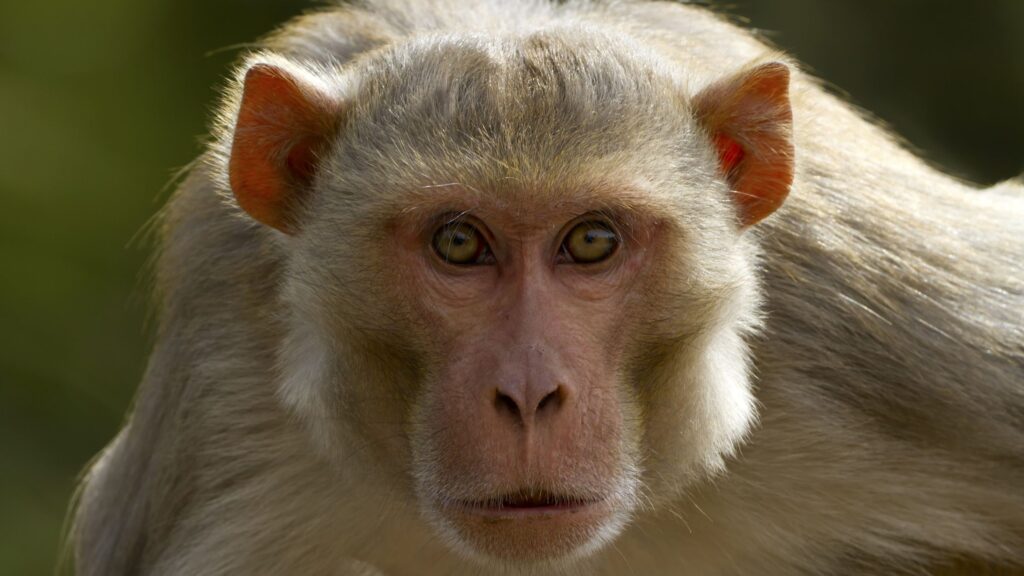A truck accident in Mississippi resulted in lab monkeys, initially thought to be carrying various diseases, escaping from the truck and law enforcement officers killing numerous animals. However, it is still unclear how dangerous they are.
On Tuesday (Oct. 28), a truck carrying Tulane University’s rhesus macaques (Macaca mulatta) overturned in Jasper County, unleashing several macaques, but the exact number has not yet been reported.
you may like
“The primate in question belongs to a separate entity and is not infectious,” Tulane University wrote in a post to X on Tuesday. “We are actively working with local authorities and will deploy a team of animal protection experts to assist if necessary.”
Following Tulane University’s statement, the sheriff’s office said the truck driver had told law enforcement that the monkeys were dangerous.
“The truck driver told local law enforcement that the monkeys were dangerous and posed a threat to humans,” the Jasper County Sheriff’s Department said in a Facebook post. “After receiving that information from the person transporting the monkey, we took appropriate action. [the driver] You also said you had [to] Wear PPE equipment when handling monkeys. ”
Sheriff Randy Johnson said the monkey still needs to be “neutralized” because of its aggressive nature, the Associated Press reported on Wednesday (October 29).
Are rhesus macaques dangerous?
Rhesus macaques are medium-sized monkeys that can pose a threat if humans try to attack them. However, it is unclear whether the fugitives could have done such a thing.
The escaped monkeys each weighed about 40 pounds, the sheriff’s department said on Facebook. This is exceptionally large for rhesus macaques and may be an overestimate unless the individual is overweight. Male rhesus monkeys, which are larger than females, typically weigh about 17 pounds (7.7 kg), according to the Wisconsin National Primate Research Center at the University of Wisconsin-Madison, but the New England Primate Conservation Society says the species can weigh up to 22 pounds (10 kg).
Aggression is a natural part of macaque behavior, and although they usually do not direct it towards humans, they regularly have conflicts within their ranks. The New England Primate Conservancy says fights between monkeys can become frantic and violent, with rhesus macaques targeting the eyes, face, limbs and genitals of their opponents to injure or kill them.
you may like
In other words, rhesus macaques can be dangerous if they choose to. However, they also engage in a variety of peaceful behaviors, such as grooming.

Rhesus macaques have the most widespread geographical distribution of any non-human primate and are frequently found living in close proximity to humans throughout their region of origin in Asia. They are often considered pests because of their tendency to steal our food. Macaques occasionally bite or attack humans, a result of them becoming so accustomed to humans in an expanding urban environment that they have lost their natural fear of humans.
Like the Mississippi escapee, lab monkeys have historically had a reputation for being aggressive, but experts say this aggression can be caused by improper care and handling. Lab monkeys are sometimes hand-reared by humans, which can result in a variety of abnormal behaviors not normally seen in the wild or in captive monkeys raised by other monkeys, such as biting themselves or becoming more aggressive toward humans. Each monkey has its own personality. And monkeys in captivity can have a relatively calm and gentle demeanor.
There are no reports of escaped monkeys attacking humans before being killed. Tulane University also said the monkeys were “not exposed to any infectious agents,” the Guardian reported.
According to the Associated Press, there are still many unknowns surrounding the monkeys, including who owned them, who transported them, where they were going, and what purpose they were being used for.
laboratory monkey
Rhesus macaques are the most common monkeys used for laboratory testing. Experiments using these monkeys have been extremely valuable for scientific research and have led to numerous breakthroughs, including the development of various vaccines, including mRNA vaccines, against COVID-19.
The use of monkeys in the laboratory is also controversial. In 2023, for example, hundreds of scientists called for an end to “cruel” monkey experiments at Harvard Medical School and elsewhere. These included visual recognition studies in which young monkeys had their eyes sutured shut for the first year of life.
monkey on the run
This isn’t the first time a lab monkey has escaped. For example, in 2020, a troop of monkeys escaped from a lab in India, attacked researchers, and then collected several COVID-19 blood test samples, Sky News reported. Most recently, 43 monkeys escaped from a lab in South Carolina and went on the run, the Associated Press reported.
Descendants of the escaped rhesus macaque also live in Silver Springs State Park, Florida. In the 1930s, a commercial riverboat captain released six macaques onto the island as a tourism strategy, not knowing that rhesus macaques could swim. The monkeys soon left the island and spread out along the river.
Source link

